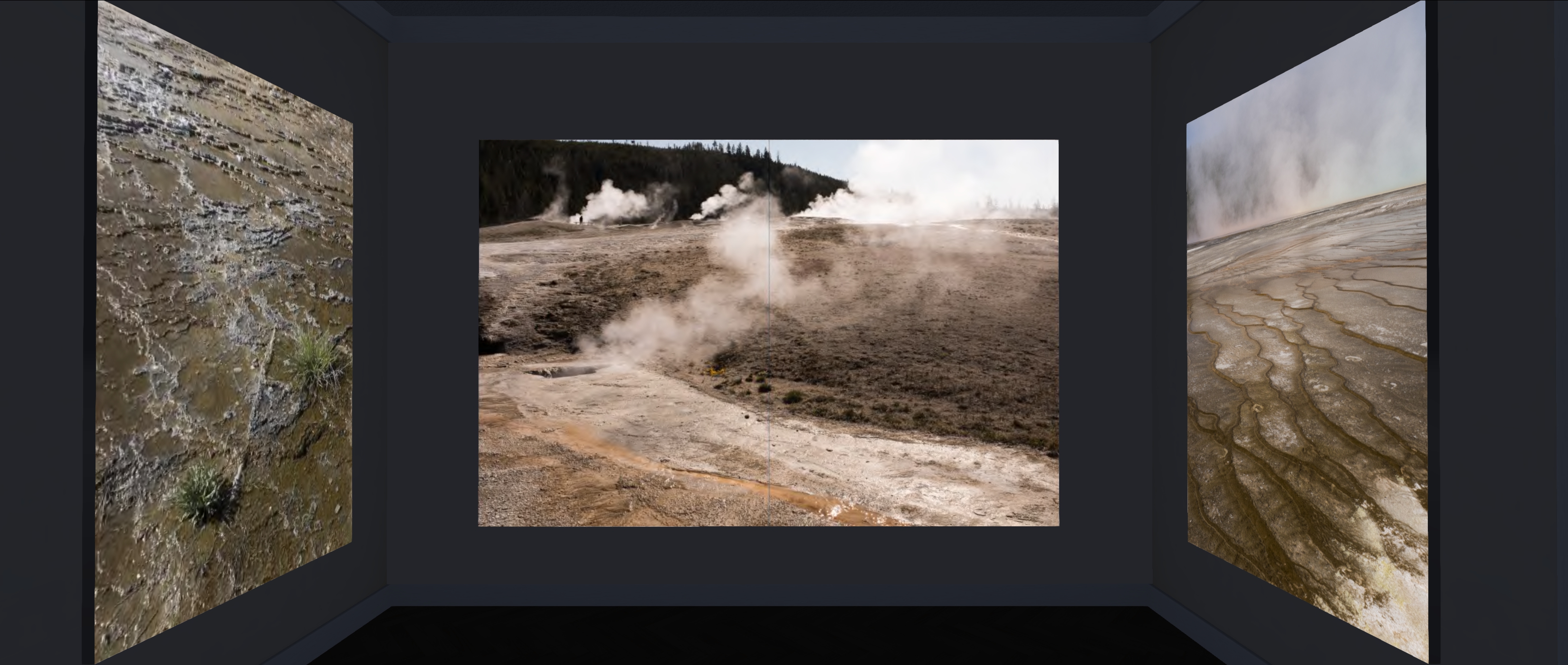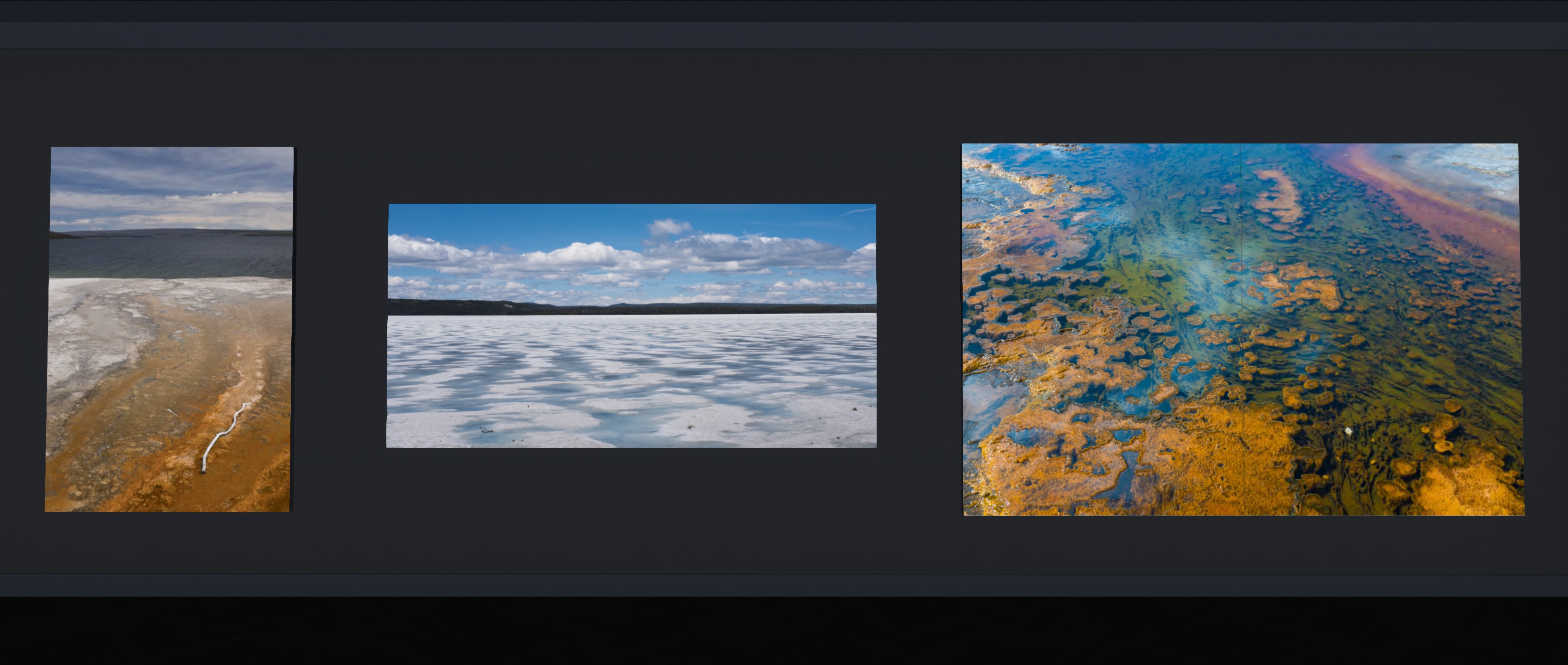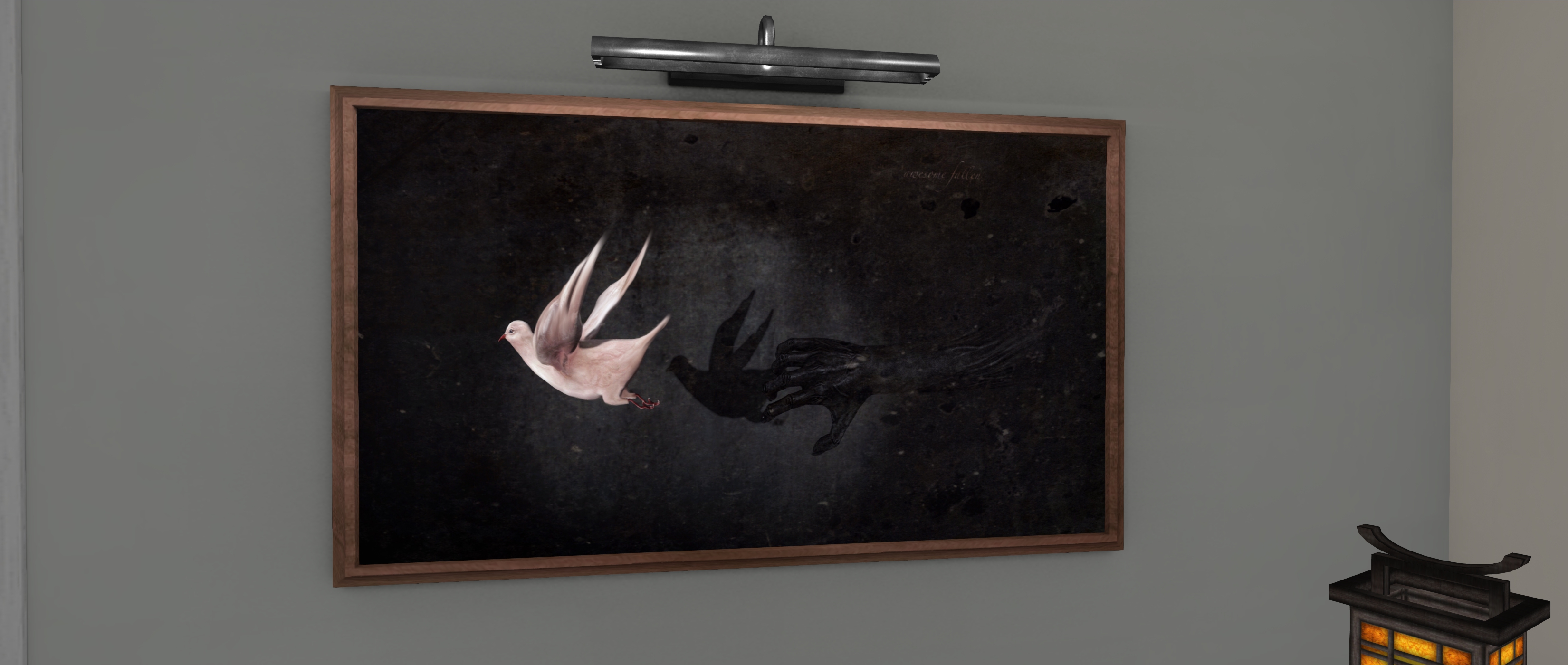
The following notes were taken from my audio recording and chat log of the Content Creation User Group (CCUG) meeting held on Thursday, April 16th 2020 at 13:00 SLT. These meetings are chaired by Vir Linden, and agenda notes, meeting SLurl, etc, are are available on the Content Creation User Group wiki page.
Environment Enhancement Project
Project Summary
A set of environmental enhancements (e.g. the sky, sun, moon, clouds, and water settings) to be set region or parcel level, with support for up to 7 days per cycle and sky environments set by altitude. It uses a new set of inventory assets (Sky, Water, Day), and includes the ability to use custom Sun, Moon and cloud textures. The assets can be stored in inventory and traded through the Marketplace / exchanged with others, and can additionally be used in experiences.
Resources
- Project definition document.
- Project summary (this blog).
- Full EEP Documentation.
Current Status
- The (possibly last) RC version of the viewer – version 6.4.0.540188 was issued on Wednesday, April 15th.
- If all goes well with this RC viewer, then EEP will likely be promoted at week #17 (commencing Monday, April 20th).
- Once EEP has been promoted, the flow of RCs in the coming weeks also being promoted – allowing for the Lab preferring to keep to one promotion per every 2 weeks – should increase.
ARCTan
Project Summary
An attempt to re-evaluate object and avatar rendering costs to make them more reflective of the actual impact of rendering both. The overall aim is to try to correct some inherent negative incentives for creating optimised content (e.g. with regards to generating LOD models with mesh), and to update the calculations to reflect current resource constraints, rather than basing them on outdated constraints (e.g. graphics systems, network capabilities, etc).
As of January 2020 ARCTan has effectively been split:
- Immediate viewer-side changes, primarily focused on revising the Avatar Rendering Cost (ARC) calculations and providing additional viewer UI so that people can better visibility and control to seeing complexity. This work can essentially be broken down as:
- Collect data.
- Update ARC function.
- Design and provide tool within the viewer UI (i.e. not a pop-up) that presents ARC information in a usable manner and lets users make decisions about rendering / performance.
- Work on providing in-world object rendering costs (LOD models, etc.) which might affect Land Impact will be handled as a later tranche of project work, after the avatar work.
- The belief is that “good” avatar ARC values can likely be used as a computational base for these rendering calculations.
Current Status
- Vir is looking at the avatar visibility controls – jelly dolls (which are not optimised for avatars with a lot of attachments) and imposters.
- He’s been particularly looking at getting better performance from jelly dolls (e.g. avoiding any drawing of rigged attachments for jelly dolled avatars, reducing the memory required to handle them).
- There are places in the code where jelly dolled avatars are handled inconsistently (e.g. setting an avatar to never render should see it treated the same as jelly doll, but this in not the case – it can actually be more expensive to render as shadows are still turned on for it, etc).
- Improvements arising from this work could be issued within a maintenance RC viewer, rather than awaiting a specific ARCTan viewer to fix them.
- Another thing Vir has looked at briefly with a view to possibly looking at in more detail in the future, is the time taken to compute a mesh preview when right-clicking an avatar, which can impact the time it takes for the corresponding menu to be displayed. How big an effort it might be to improve this is unclear, but it “would be nice” to see it improved.
More on Jelly Dolls
- One of the things Vir has been experimenting with vis jelly dolls, is displaying them as monochrome system avatars, so the system avatar mesh is used, and so rigged mesh it is wearing is ignored (as per notes above). A disadvantage here is that non-human avatar forms that are jelly dolled then look “a little weird”.
- This could be avoided by ignoring all scripted transforms contained in any mesh the avatar is wearing, as these most directly deform the avatar, and so ignoring them would prevent the monochrome system avatar “looking weird”.
- The question was asked if having non-human avatars appear in a humanoid shape if jelly dolled would be a problem, with the opinion broadly being that would be up to the person using the jelly doll option.
- Some alternatives to jelly dolling discussed at the meeting included:
- Simply render jelly dolled avatars as elliptical capsules.
- Follow Firestorm’s lead and provide an option to only render avatars on a user’s Friend list (all others are ignored and not rendered).
- Offer improved lower LOD options for avatars that could be automatically swapped (or used when jelly dolled).
- One of the issues with jelly dolls is whether or not the capability is widely used – people tend to complain more about seeing mono-coloured avatars in their view than worrying about having their performance hit by fully rendering all the avatars around them; it’s not clear if alternative options would change this.
In brief
- Mesh Uploader project viewer:
- Not available as yet, but getting close to a project viewer release.
- Incorporates Beq Janus’ contributions, as see in Firestorm.
- Also adds additional information about joint offsets and provides better logging.
- Next meeting: Thursday, April 23rd.



